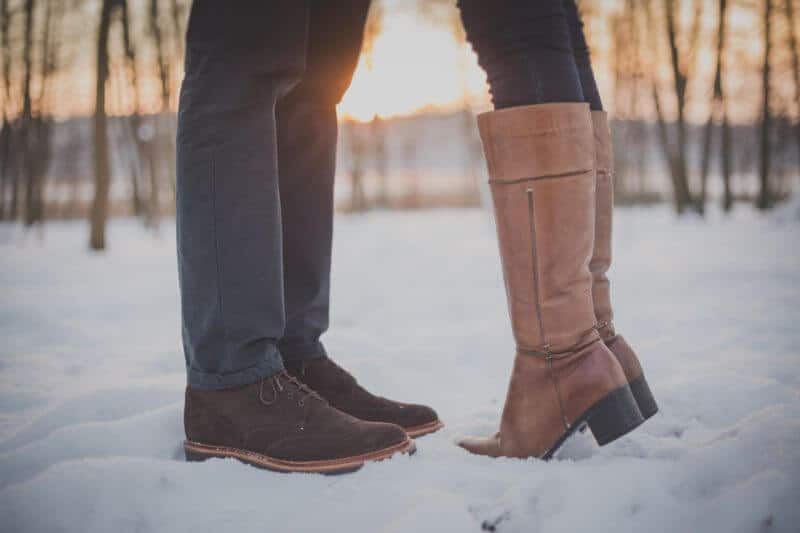The wrong kind of shoes cause a multitude of problems, and these can go way beyond your feet. Back, hip and knee problems can all stem from inadequate footwear.
High heels are often thought to be the culprits, and this is true in many cases as they force the feet into an unnatural and unbalanced position. In comparison, we often assume flat-soled shoes to be safer and more comfortable.
In reality, the truth lies somewhere in the middle. Certain flat-soled shoes are better but the wrong sort of flat shoe creates as many difficulties as high heels, so it’s good to understand the differences and dangers of both types.
High Heels – Stylish but Dangerous
High heels look good but lead to all sorts of problems.
Feet and Toe Issues
High heels focus your entire weight onto the balls of your feet. This places huge pressure on your toes and the front of your foot, and causes the padding on the sole to thin out. This severely reduces the cushioning effect.
In addition, your toes squash together in the front of the shoe. The result can be calluses, bunions, hammertoes, and ingrown toenails, to mention a few.
Back, Hip and Joint Problems
High heels push your body into an unnatural stance. Your lower body shifts forward, and your upper body leans back to compensate. In turn, this affects the way you move. Your ankles, knees and hips struggle to keep you balanced and propel you forward, and your tissues, ligaments and muscles are under additional strain.
This also creates extra wear and tear on your bones. Knee osteoarthritis is common in persistent high heel wearers, and arises when the tibia (shin bone) turns inwards and compresses the inner knee, as a result of the altered leg position.
So Flat Shoes Are the Answer?
That depends. Some flat shoes lack proper support. Smart court shoes or casual shoes, flip flops and ballet shoes provide little or no arch or ankle support, and minimal shock-absorbing in the heel and sole (often none at all). In addition, with no buckles, laces or straps your feet constantly slip about and this leads to blisters, corns and bunions.
Achilles Tendonitis
With no arch support the foot will flatten, forcing the Achilles tendon (at the back of your lower leg) to stretch. This tendon connects the heel bone to your calf muscles and the extra pressure makes it painful and stiff. It can even rupture, which isn’t good at all.
Plantar Fasciitis
Arch problems also affect the plantar fascia, a band of tissue running from the heel bone to the metatarsal bones (toes). No cushioning focuses the full impact of your stride on the plantar fascia, which wasn’t designed for this purpose. The result is stiffness, inflammation and pain – particularly round the heels.
Joints, Posture and Spine Problems
As with high heels, inadequate flat shoes alter your posture, which places damaging pressure on joints and tissues. You subconsciously adjust your movements to maintain balance and help you walk, and this leads to back, hip and knee problems.
The Best Shoes for You
Arch and ankle support, plus a wider toe box and a reinforced heel cup are ideal. Good quality trainers or smart shoes with a wedge or solid lower heel are perfect. It’s fine to wear higher heels for special occasions or flip-flops for a day on the beach, but try not to do so too often.
Sound Advice at Feet By Pody
Unsure what’s right for you? Talk to our experienced podiatrists today.

